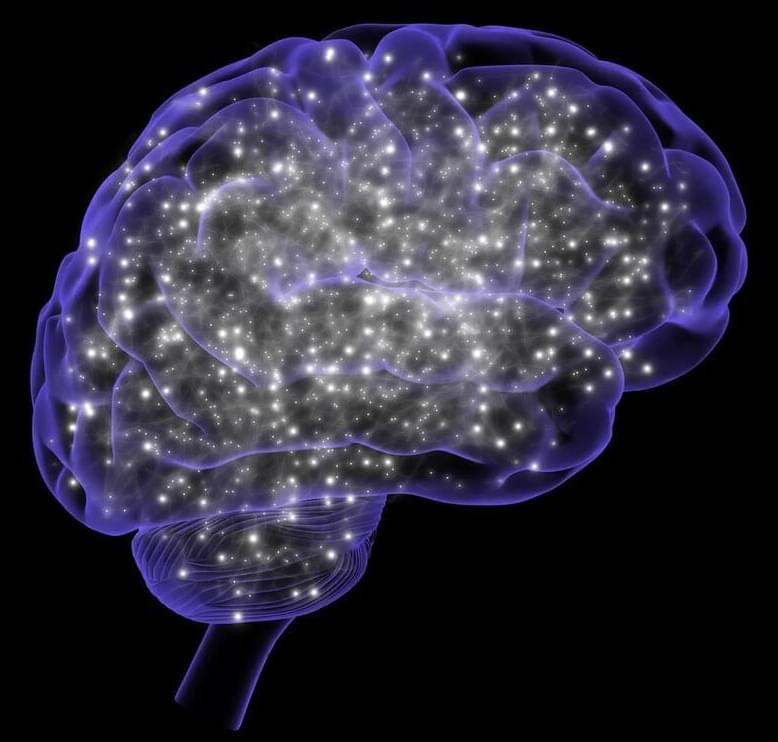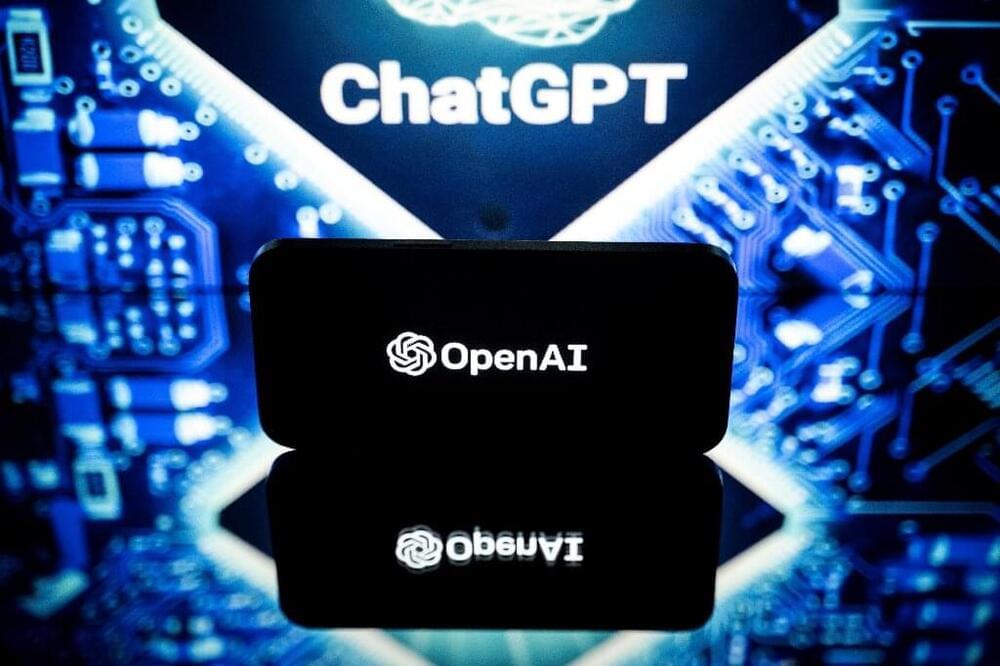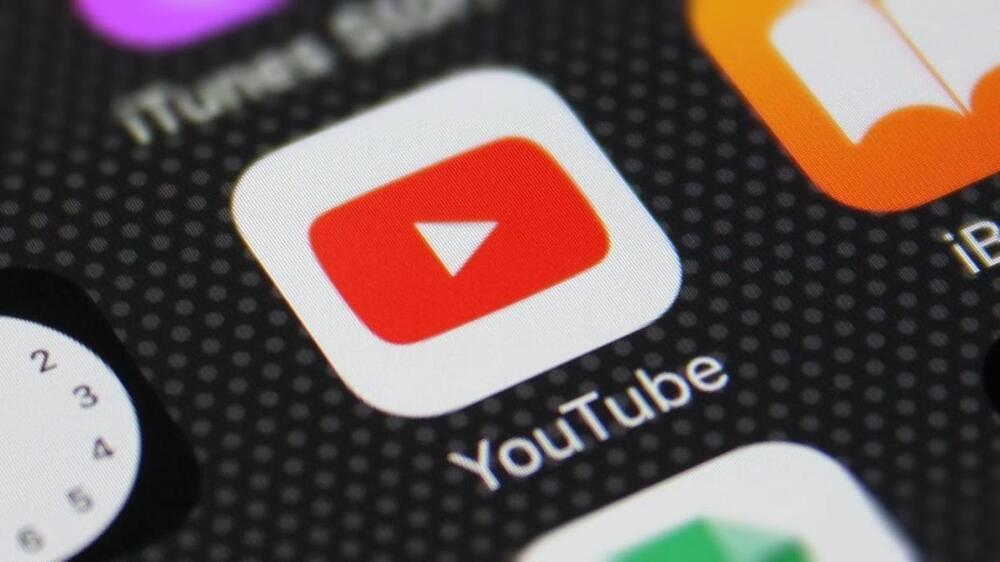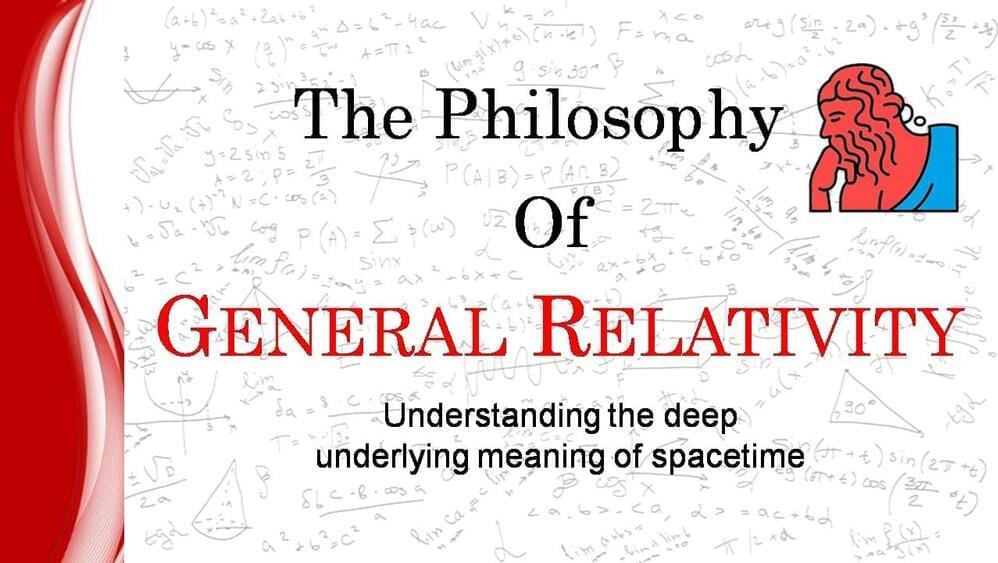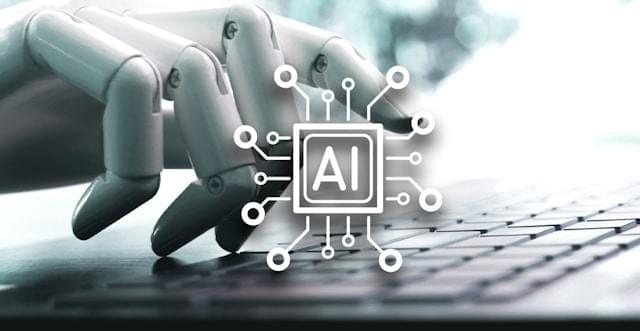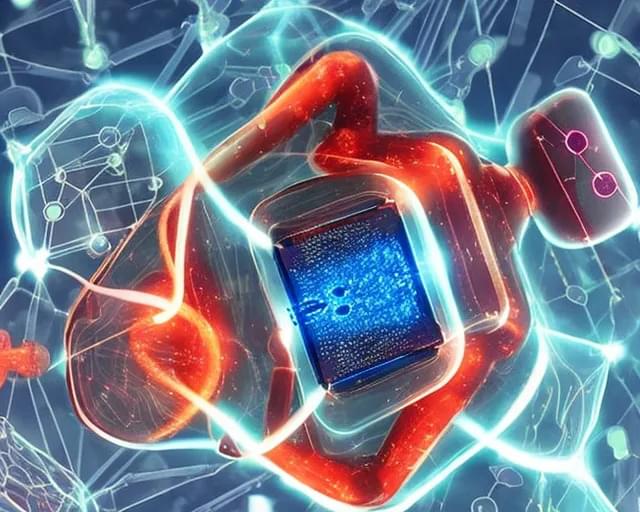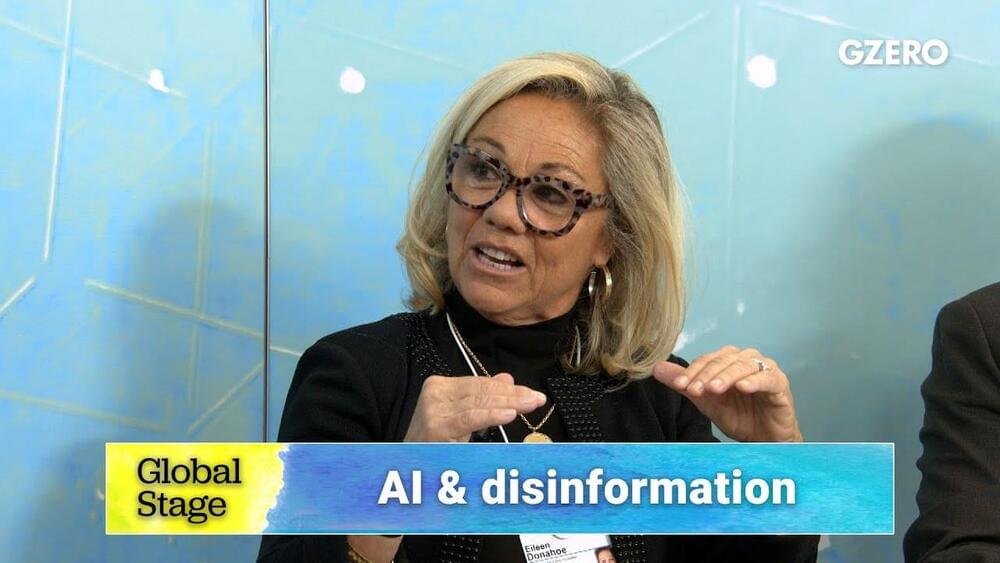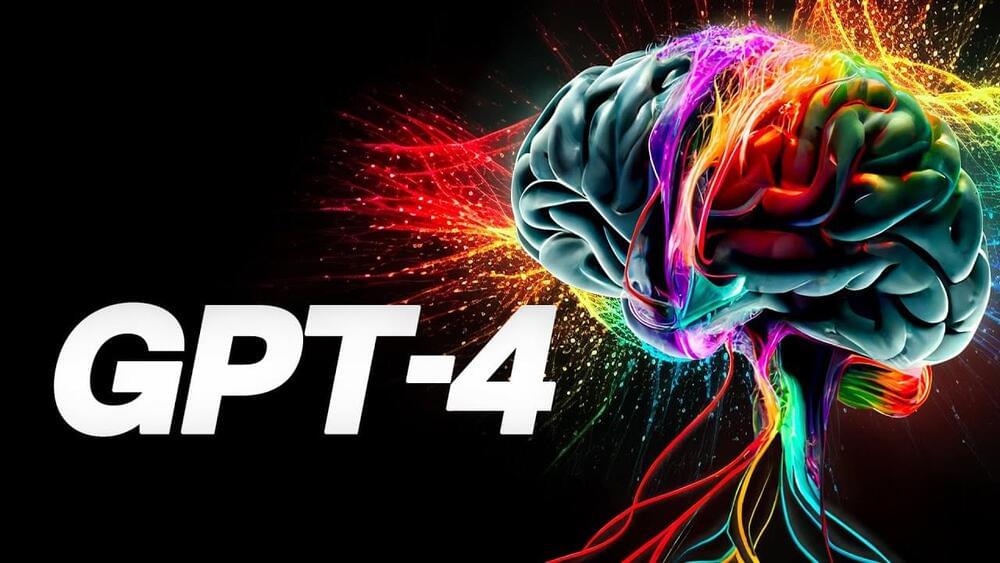MIT neuroscientists have found that the adult brain is filled with millions of “silent synapses” — immature connections between neurons that are not active until they are needed to help create new memories.
It was previously believed that silent synapses only existed during early development, playing a role in helping the brain learn new information encountered in early life. However, the new MIT
MIT is an acronym for the Massachusetts Institute of Technology. It is a prestigious private research university in Cambridge, Massachusetts that was founded in 1861. It is organized into five Schools: architecture and planning; engineering; humanities, arts, and social sciences; management; and science. MIT’s impact includes many scientific breakthroughs and technological advances. Their stated goal is to make a better world through education, research, and innovation.
